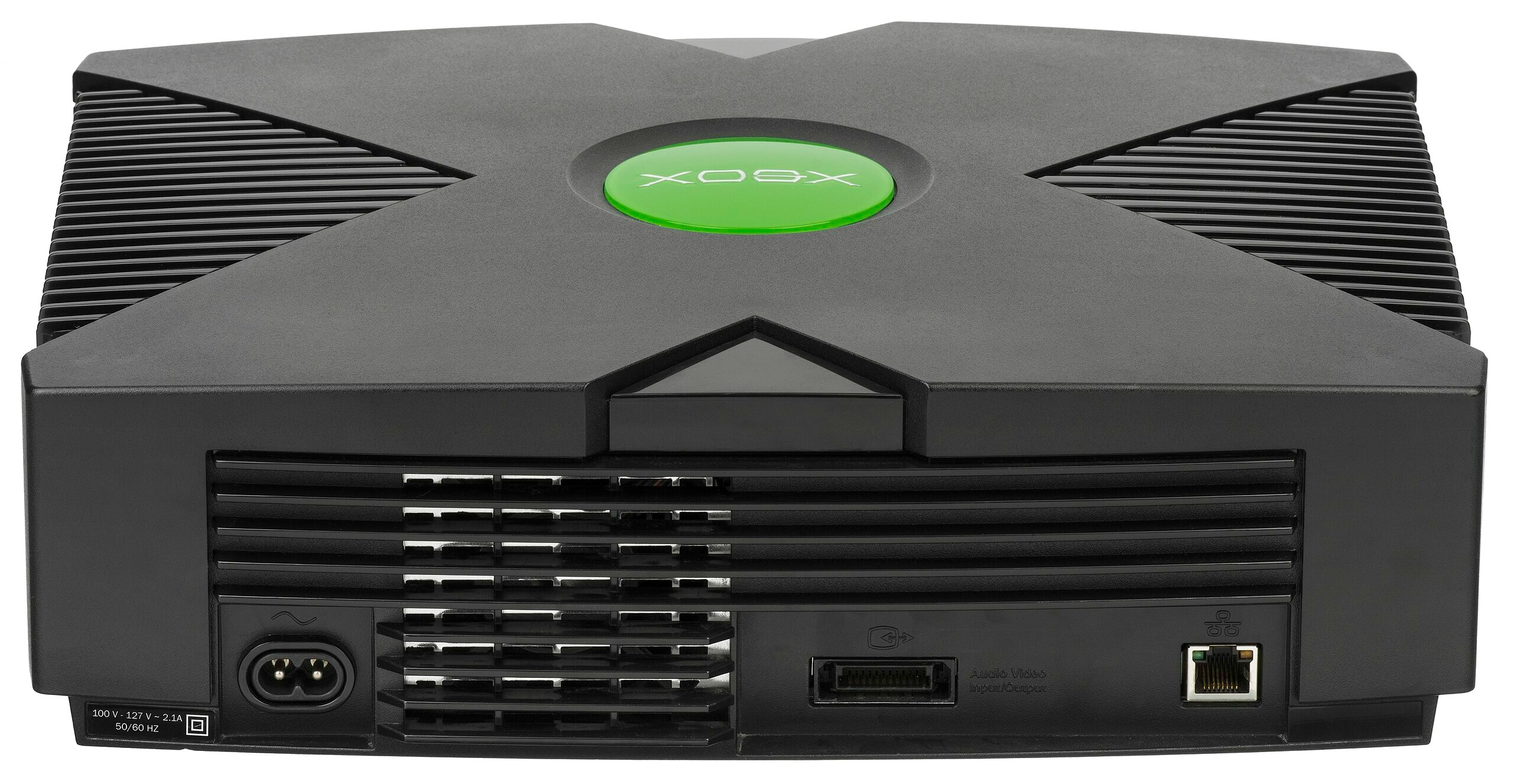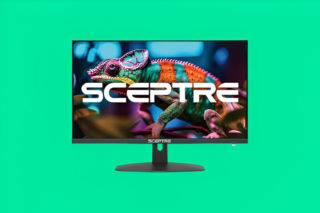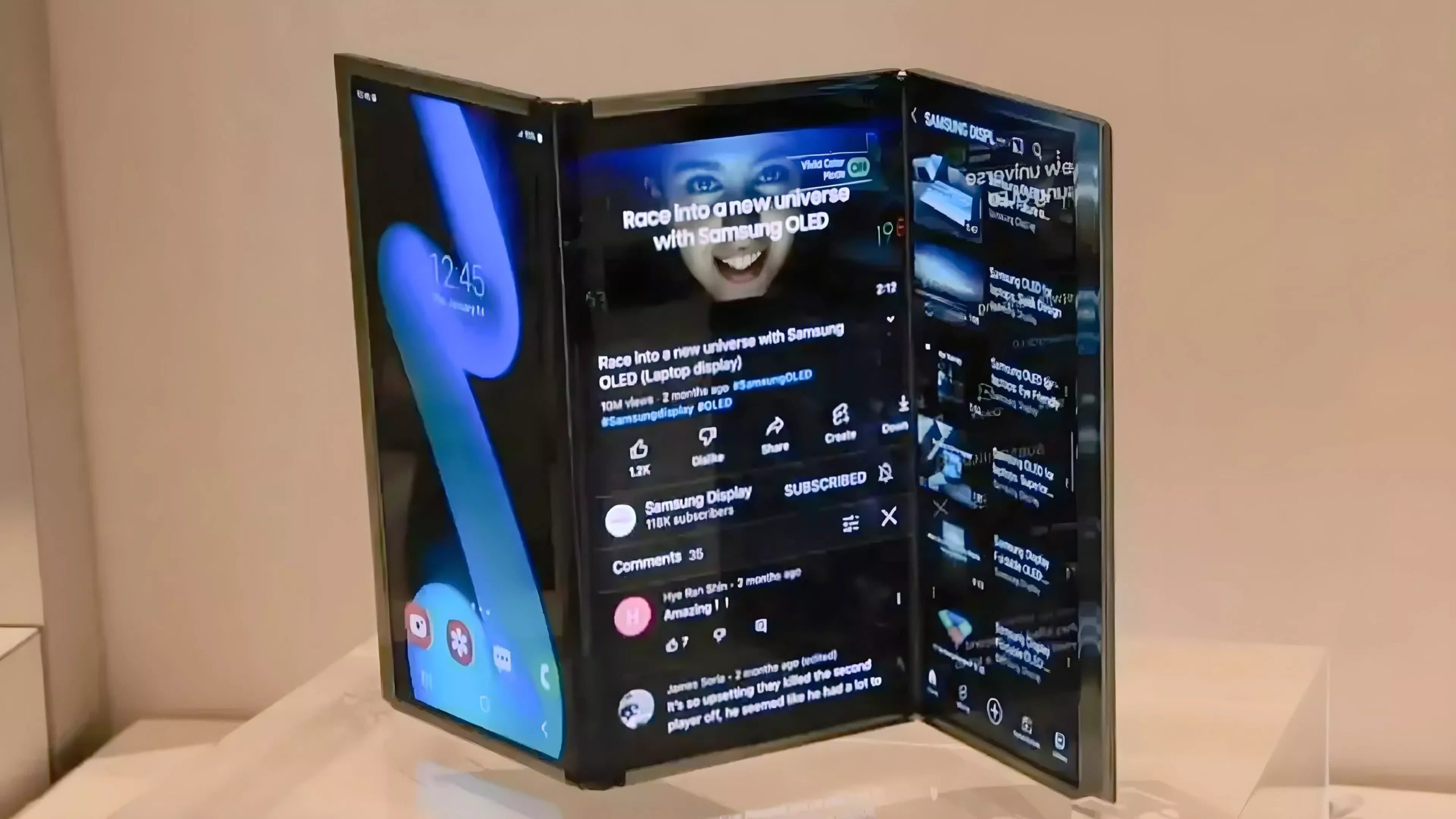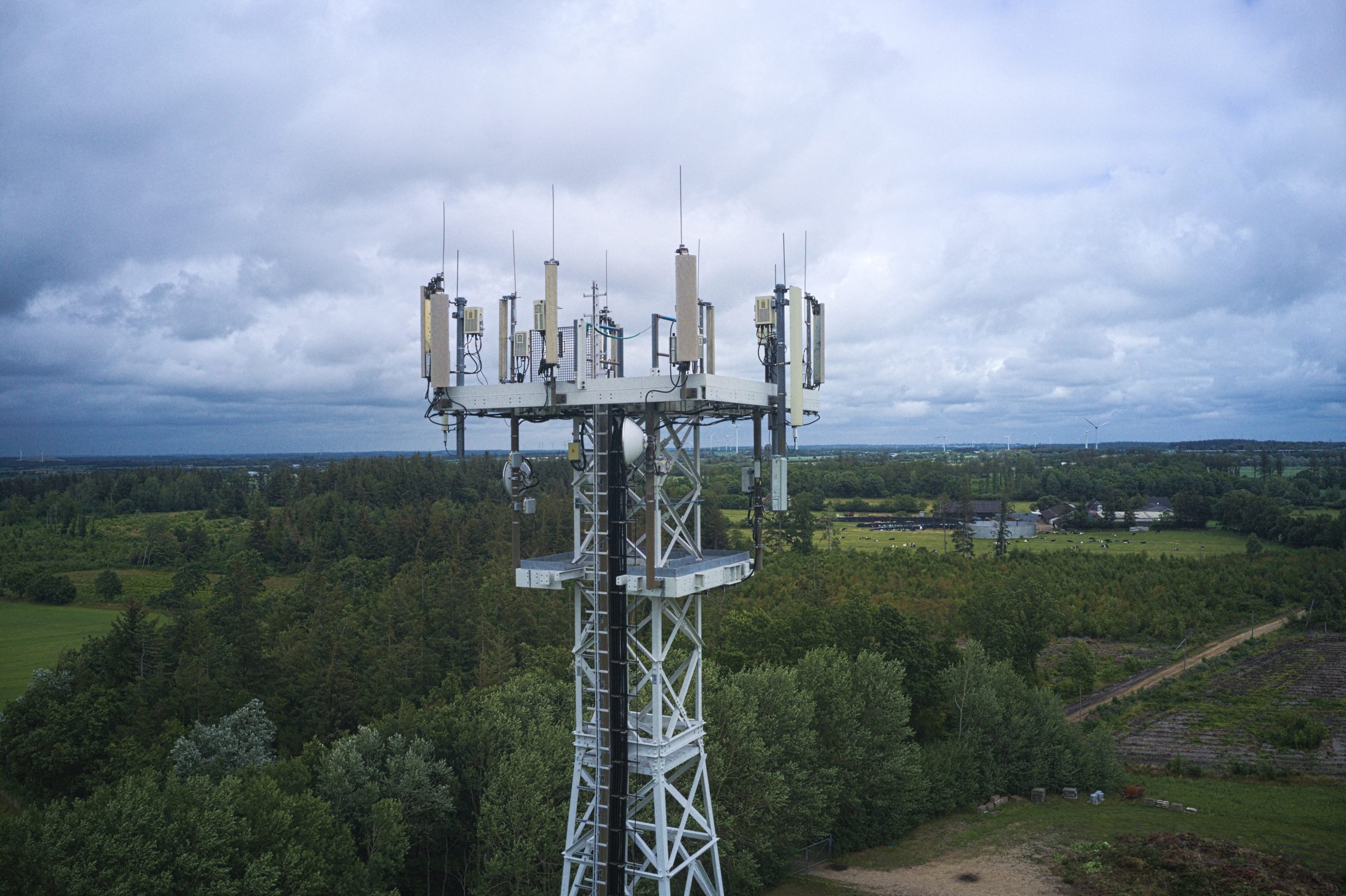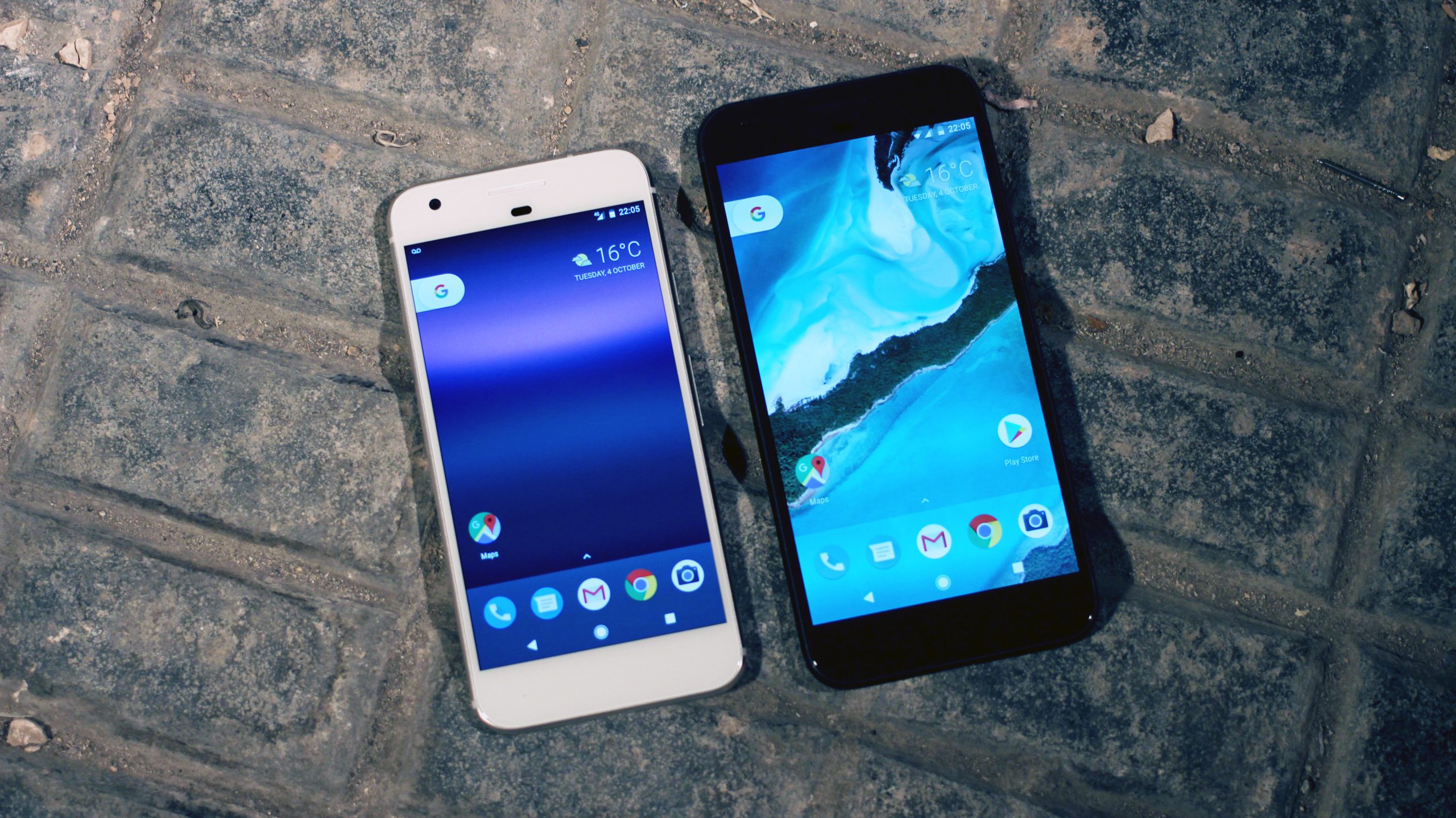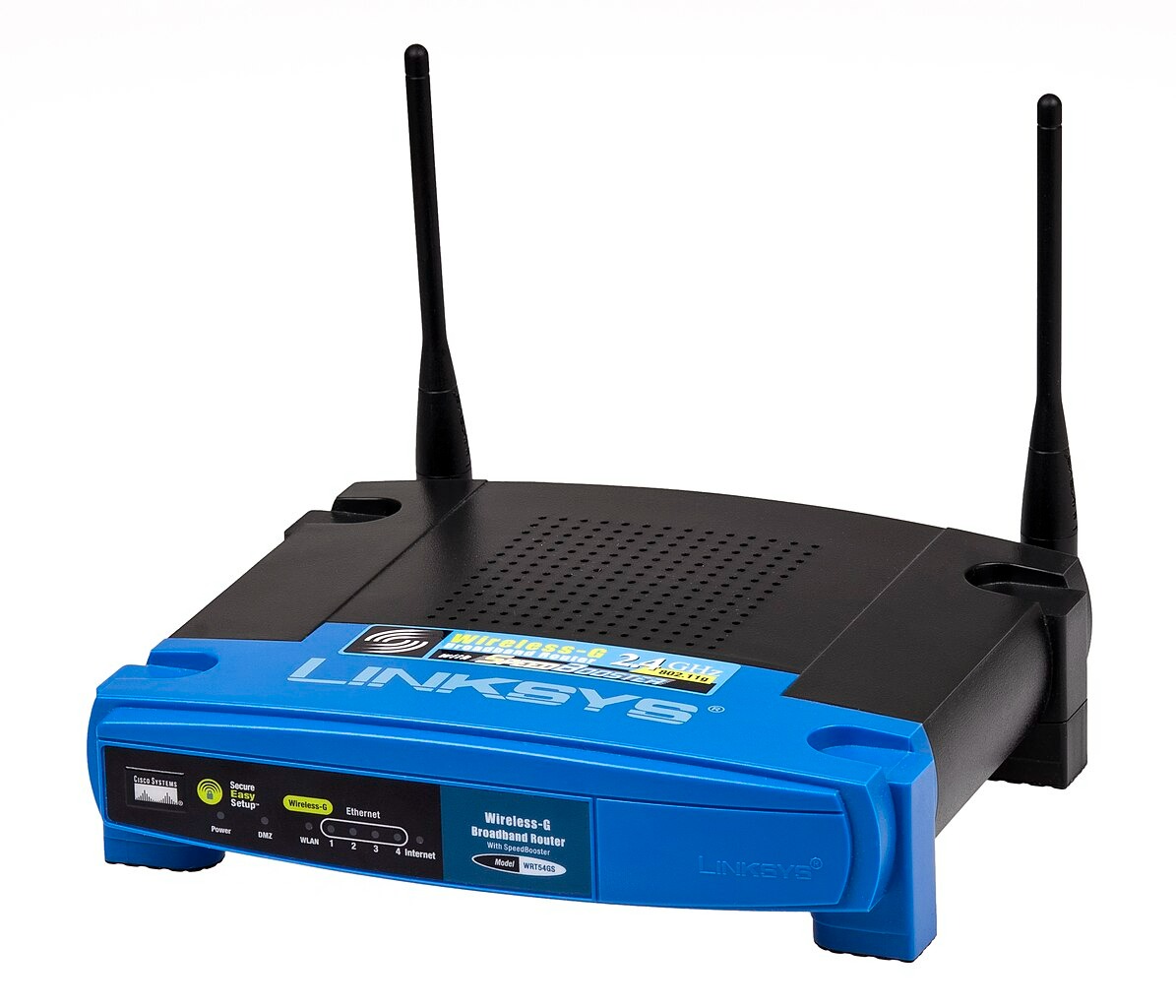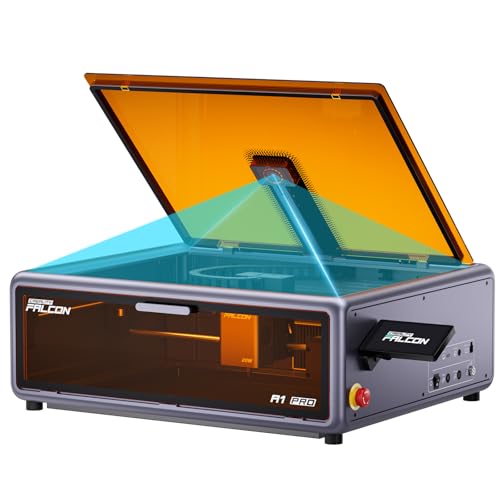While competitors focused on game libraries, Microsoft dropped 64 MB of RAM and a built-in hard drive into living rooms nationwide. November 15, 2001 marked the moment consoles stopped being toys and became entertainment ecosystems. This wasn’t just another system launch—it was the foundation of everything you recognize in modern gaming.
The Halo Effect Goes Nuclear
Combat Evolved didn’t just sell systems—it redefined what console shooters could be.
Halo: Combat Evolved transformed Xbox from Microsoft’s expensive gamble into a cultural phenomenon. The game’s seamless blend of vehicle combat, AI-driven enemies, and sprawling environments proved consoles could handle complexity previously reserved for PC gaming. Those legendary LAN parties in college dorms created something special: Xbox established multiplayer gaming as a social experience, not just a competitive one. Suddenly, console gaming meant gathering friends for hours-long campaigns and heated multiplayer sessions.
PC Power Meets Living Room Convenience
Intel processors and Ethernet ports signaled Microsoft’s long-term vision for connected entertainment.
Xbox’s Intel Pentium III processor and built-in Ethernet port weren’t just spec sheet bragging rights—they were infrastructure investments anticipating a connected future. While Sony and Nintendo treated online connectivity as an afterthought, Microsoft built networking into every console from day one. That 8 GB hard drive eliminated memory card juggling and enabled instant game saves across 20 launch titles. You could finally focus on playing instead of managing storage, and game developers could create more ambitious experiences knowing every system had identical capabilities.
Market Reality Check
Moving 1.5 million units by year-end proved Western companies could compete in console gaming.
Microsoft sold 1.5 million Xbox units in North America by December 2001, according to industry reports. Not PlayStation 2 numbers, but impressive for a brand-new player challenging established giants. The Xbox proved American engineering could create compelling gaming hardware—something previous attempts couldn’t accomplish in the 1990s. More importantly, it demonstrated that technical superiority and forward-thinking features could carve out meaningful market share.
The Blueprint for Modern Gaming
Xbox’s innovations became standard features across every subsequent console generation.
Today’s PlayStation and Nintendo systems all feature hard drives, robust online services, and multimedia capabilities because Xbox established the template. When Xbox Live launched in November 2002, persistent online identities and downloadable content became gaming fundamentals that competitors had to match. The Xbox’s PC-like architecture, internal storage, and networking foundation created the connected entertainment hub concept that defines your modern gaming setup. Microsoft didn’t just enter the console market—they transformed its entire trajectory.


